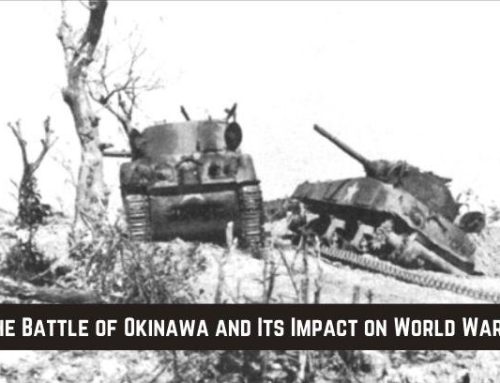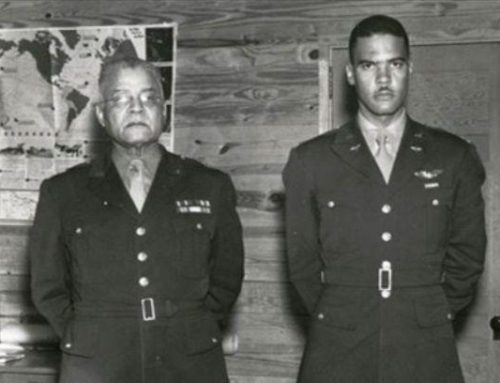How Peach Pits Saved Lives in World War I!
World War I was known at the time as the “Great War” primarily because of the immense scale of conflict involved, the number of soldiers killed on both sides, and how it shaped the world from that point forward.
It has been said that the “Great War” changed the science of killing with technological advancements in chemical warfare, primarily with the introduction of poison gases and in particular what became known as mustard gas.
With the introduction of poison gases like mustard gas, new threats that required innovative ways to combat them arose and among those methods was one used to help protect U.S. soldiers that involved peach pits.
Mustard Gas and the Development of Activated Charcoal
When the Germans surprised the Allies with the first attacks using mustard gas, it shocked the world.
The poisonous gas was so deadly it could kill soldiers quickly by suffocating them and causing gruesome, painful deaths.
World War I was known as a war fought in the trenches and when mustard gas was released over the battlefields, it could creep along the ground and into the trenches, making no soldier safe from it and survival depended upon not inhaling it.
In response, the U.S. military began producing gas masks with filters that used a recent scientific discovery, activated charcoal.
Only two years prior to the sudden appearance of mustard gas on the battlefield and just prior to the U.S. entering the war, a chemist, college professor, and researcher named James B. Garner discovered that activated charcoal could be used to absorb certain gases, rendering them ineffective.
He and his wife Glenna invented the very first gas mask that was equipped with an activated charcoal filter that made it possible to survive chemical exposure.
Soon after the mustard gas attacks in Germany, production of these masks went into full swing to provide every Allied soldier with this critical protection that could save their lives and aid in winning the war.
Peach Stones To The Rescue
For the gas masks to work, they required a filter that contained activated charcoal, a waste material from burning organic matter.
Although there were many ways in which it could be created, researchers found that the easiest way to produce highly effective charcoal was to burn peach stones as well as the stones and seeds of other fruit.
Thus began the great peach pit collection in the United States, as the military rushed to create the countless masks and filters needed to supply their troops.
America’s Massive Peach Pit Collection Effort
With the demand for organic matter to produce charcoal skyrocketing, the United States government in September of 1918 called for American citizens to collect and dry peach pits as well as the pits and shells of other fruits and nuts like plums, prunes, cherries, hickory nuts, walnuts, and butternuts.
They targeted schools and communities, setting up huge barrels where people could drop off their pits and shells to be made into charcoal for gas mask filters, creating a massive effort that the American people really got behind.
Among them all, it was the Boy Scouts and Girl Scouts of America who collected the most pits and shells.
Even more interestingly, the largest amounts of peach pits that made up the majority of these collections came from the great state of Texas due to the state’s large numbers of peach groves and the many people willing to eat their way through all those peaches!





